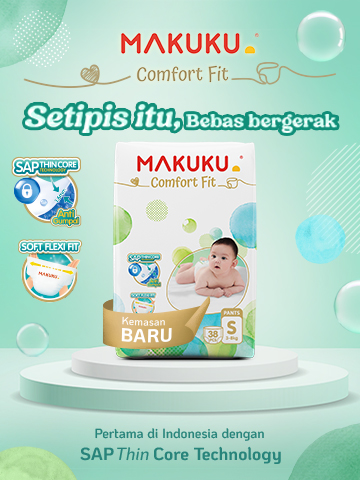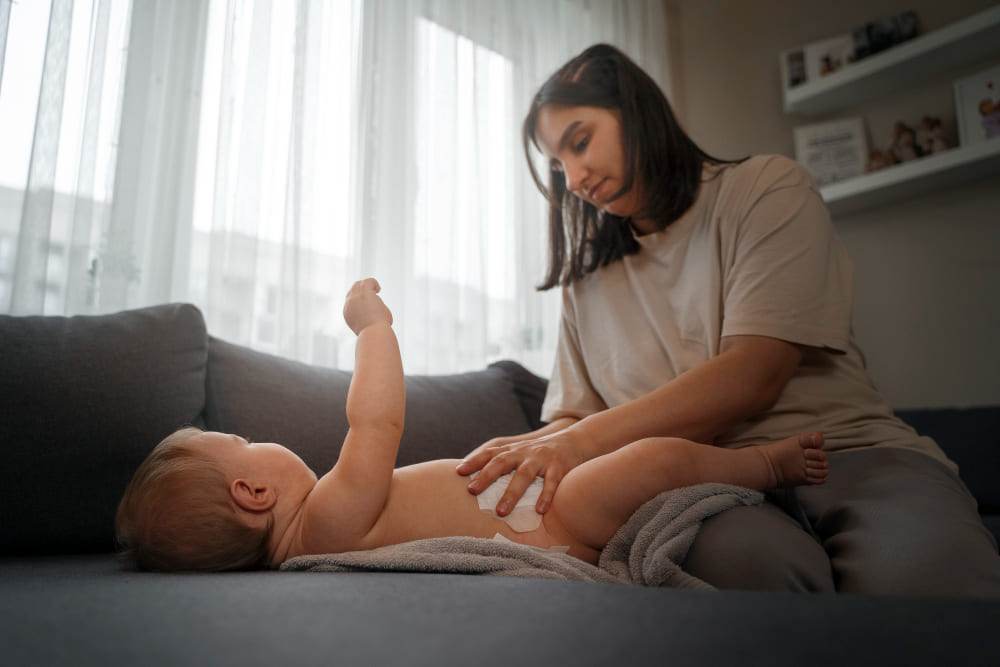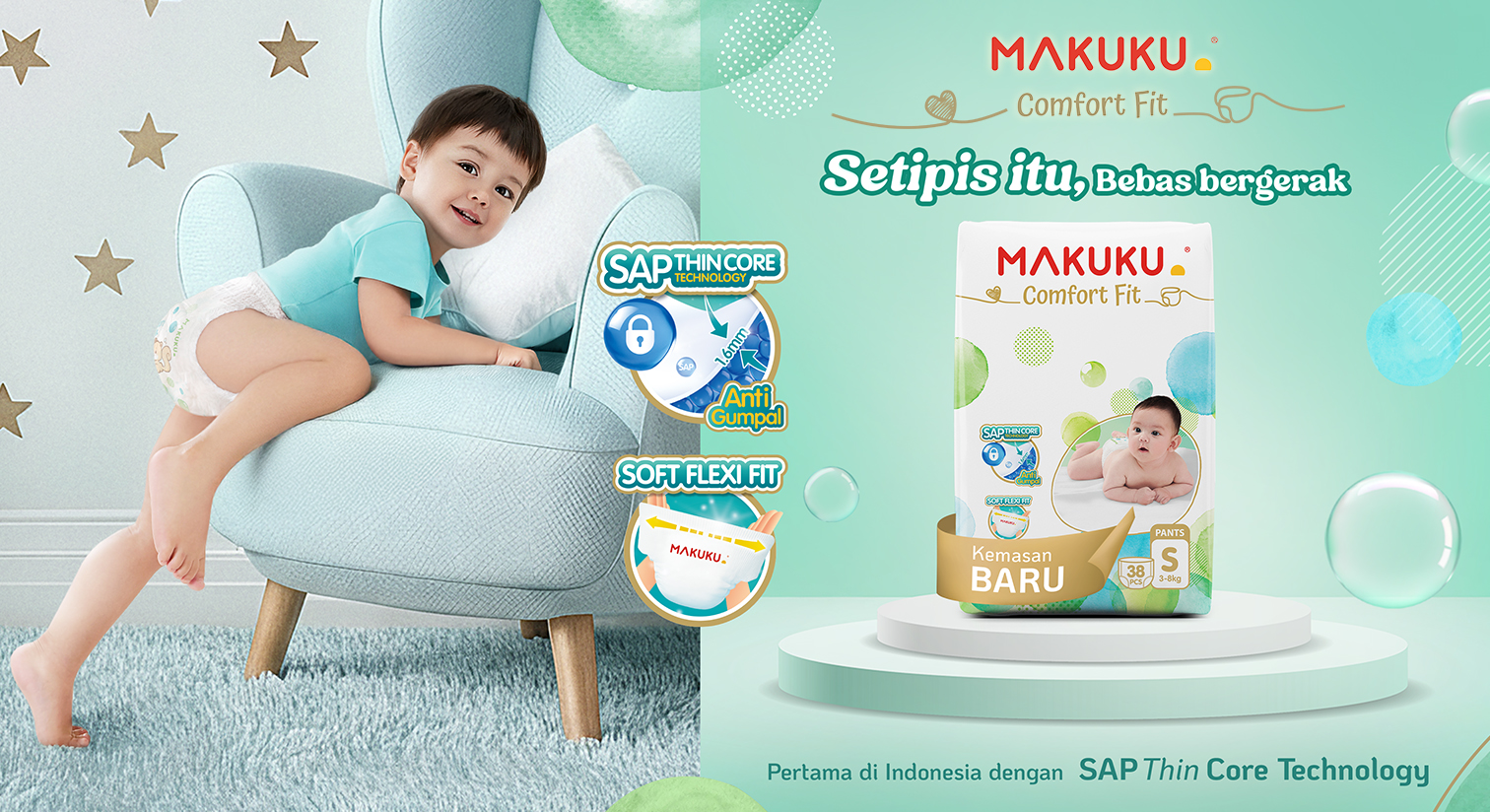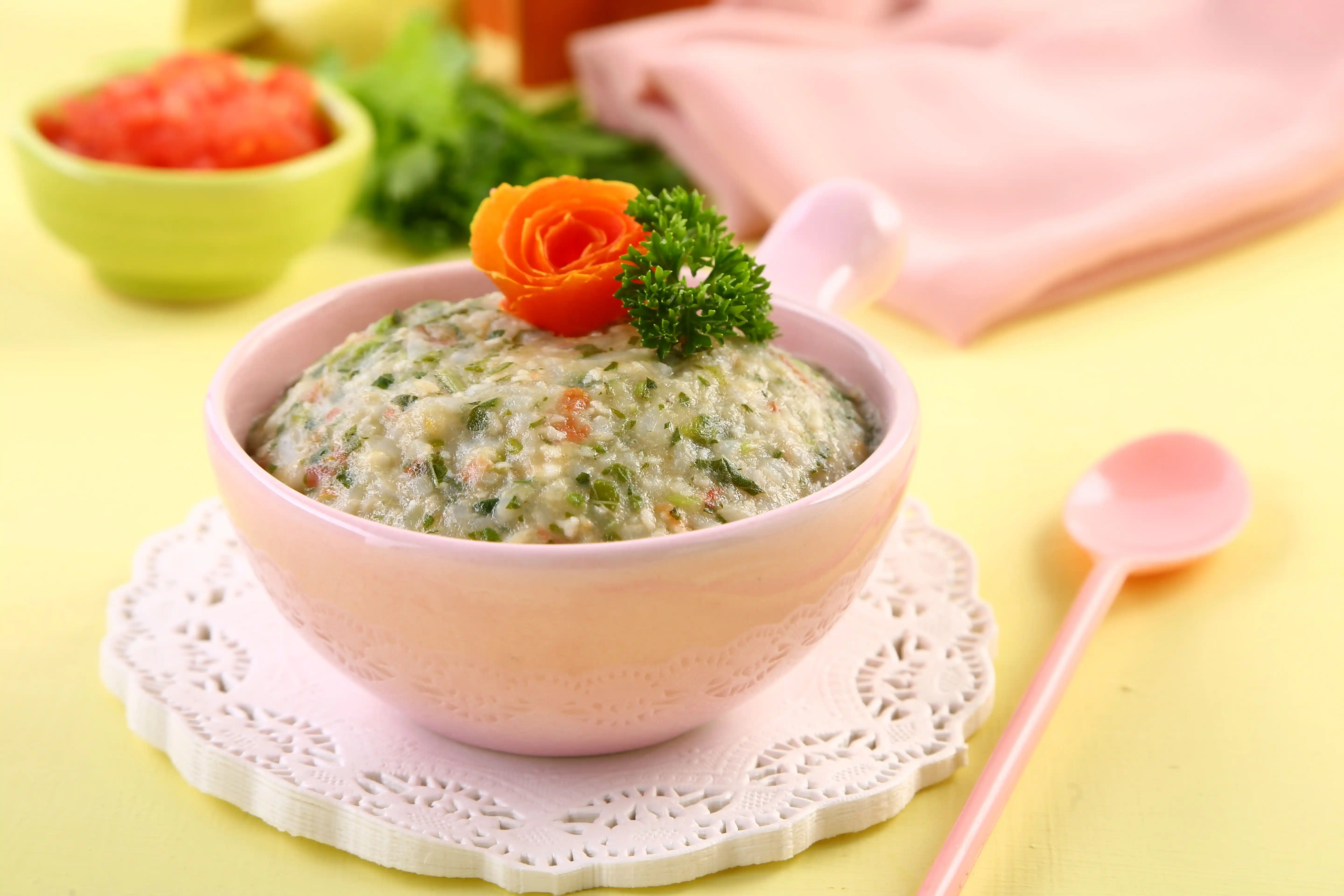
Imunisasi bayi adalah program vaksinasi yang bertujuan untuk memberikan perlindungan terhadap penyakit-penyakit menular pada bayi dan anak-anak. Imunisasi merupakan salah satu cara paling efektif untuk mencegah penyebaran penyakit menular yang dapat menyebabkan komplikasi serius atau bahkan kematian. Salah satu imunisasi wajib adalah vaksin polio.
Imunisasi polio ini sangat penting untuk bayi dan tidak boleh dilewatkan. Berikut ini seputar imunisasi polio yang wajib orang tua ketahui.
Apa itu imunisasi polio?
Vaksin untuk mencegah penyakit polio. Vaksin polio ini termasuk salah satu vaksin untuk bayi yang diwajibkan oleh pemerintah. Biasanya vaksin polio ini diberikan bersamaan dengan vaksin hiB, DPT dan hepatitis B.
Manfaat imunisasi polio
Tujuan imunisasi polio adalah agar bayi memperoleh kekebalan terhadap penyakit polio. Polio atau poliomyelitis adalah penyakit yang berasal dari virus yang menular. Kemudian menginfeksi sistem saraf tubuh yang menyebabkan kelumpuhan dan kematian. Sebagian besar penyakit polio ini menyerang anak-anak dibawah usia 5 tahun. Penyakit polio ini tidak bisa disembuhkan tetapi dapat dicegah sejak dini dengan memberikan imunisasi polio lengkap.
Penyakit polio tidak menunjukkan gejala yang spesifik. Umumnya gejala polio hampir mirip seperti terkena flu selama 2-3 hari. Lalu gejala berlanjut dengan demam, sakit kepala, sakit tenggorokan, mual dan muntah, sakit perut serta nyeri otot. Semakin parah seseorang terkena polio maka gejala juga akan semakin ekstrim. Seperti nyeri pada leher, kesemutan yang menusuk, kejang, refleks yang menurun hingga otot yang melemah.
Jenis Imunisasi polio
Vaksin polio terdiri dari dua jenis, yaitu vaksin polio suntik (IPV) dan vaksin polio oral (OPV). Vaksin Polio Oral (OPV) menggunakan virus polio yang sudah dilemahkan dan berikan dengan cara diteteskan ke mulut si kecil. Sedangkan vaksin polio suntik (IPV) menggunakan virus polio yang dinonaktifkan (sudah mati) dan diberikan melalui suntikan di lengan atau paha si kecil.
Imunisasi polio berapa kali
WHO merekomendasikan kombinasi 4 dosis imunisasi polio tetes dan 2 dosis imunisasi polio suntik. Dosisi vaksin polio untuk anak-anak sebesar 0,5 ml. Dosis pertama diberikan pada bayi baru lahir dalam bentuk tetes (vaksin polio oral). Lalu, vaksin berikutnya IPV dianjurkan diberikan dua kali sebelum usia 1 tahun. IPV dosis kedua diberikan pada usia 9 bulan secara bersamaan dengan imunisasi campak-rubella.
Imunisasi polio umur berapa
Vaksin polio tetes diberikan sebanyak 4 kali pada usia 1,2,3,4 bulan. Sedangkan vaksin polio suntik diberikan satu kali saat bayi berusia 4 bulan. Sementara pada anak yang belum mendapatkan vaksin polio sama sekali, harus segera dilengkapi sebanyak 5 kali imunisasi. Anak juga bisa mendapatkan vaksin booster di usia 18–24 bulan dan 5 tahun.
Efek samping imunisasi polio
Setiap vaksin memiliki efek yang berbeda-beda pada setiap anak. Tidak menutup kemungkinan vaksin polio ini memberikan efek samping. Diantaranya rasa nyeri di bekas suntikan, demam ringan setelah imunisasi dan pengerasan kulit di area bekas suntikan. Namun, efek samping ini akan menghilang dengan sendirinya setelah 2-3 hari. Jadi, moms dan dads tidak perlu khawatir ya.
Selama melakukan imunisasi, pastikan si kecil menggunakan popok yang nyaman ya moms dan dads. MAKUKU Dry Care, popok lembut berteknologi SAP + pulp yang harganya terjangkau. Selain lembut, MAKUKU Dry Care juga memiliki kemampuan menyerap yang baik, popok kering tahan lama, memiliki 3 lapis sirkulasi udara dan desain pinggang yang elastis. Kapasitas daya tampungnya pun sebesar 400 ml.
Nah, itu dia seputar imunisasi polio dan pentingnya imunisasi tersebut untuk si kecil. Jadi, moms dan dads harus perhatikan kapan jadwal si kecil melakukan imunisasi ya supaya tumbuh kembangnya optimal dan kesehatannya terjaga. (Aq/MKK)







